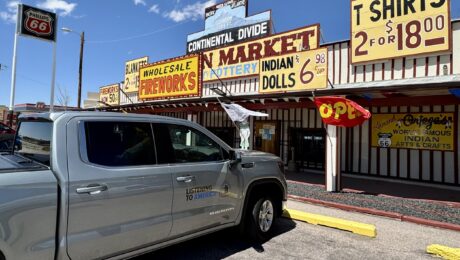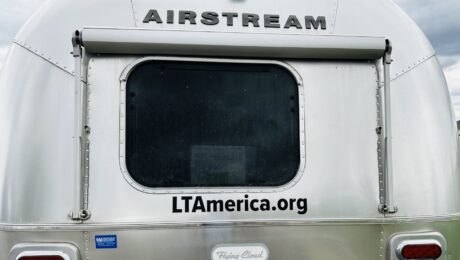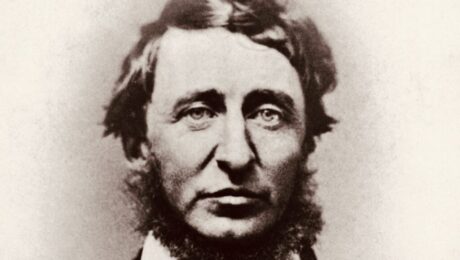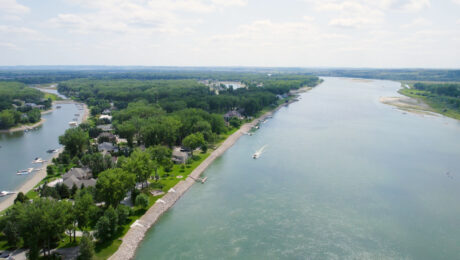Racing the Southern Interstates Across America
Tuesday, May 06 2025
About three days and 2,870 miles: Clay makes a rapid dash across the continent.
- Published in Dispatches from the Road
Leaving Home
Monday, April 28 2025
Spring is here. It’s time to pack the bags, load the truck, and get on the trail of Lewis and Clark.
- Published in Dispatches from the Road
My New American Friend From Ghana
Monday, April 07 2025
On a recent Uber drive to the Bismarck airport, Clay met Isaac, a North Dakota emigre from Ghana and a proud, brand-new U.S. citizen.
- Published in Dispatches from the Road
LTA Exclusive: Historic Portraits of Native American Activist Leonard Peltier
Saturday, March 29 2025
Earlier this year, President Biden commuted the prison sentence of Leonard Peltier. This week, noted “wet plate” photographer Shane Balkowitsch visited Peltier at Turtle Mountain Indian Reservation in North Dakota, where he took a series of historical portraits of the 80-year-old Native American activist. Balkowitsch’s portraits of Peliter are published here for the first time.
- Published in Features
Reading Walden and Wrestling With Thoreau
Tuesday, December 31 2024
As I look to the start of the new year, Thoreau’s 1854 classic, Walden, still deeply challenges and inspires me.
- Published in Features
Reading Charles Dickens for Christmas — Have Desk Will Travel
Tuesday, December 17 2024
Clay does a special public reading from the works of his favorite English Novelist, Charles Dickens.
- Published in Dispatches from the Road
Home Again and Happy Thanksgiving
Tuesday, November 26 2024
My John Steinbeck Travels with Charley tour is now over: 210 days, 21,114 miles, 1,407 gallons of gas, 41 states.
- Published in Dispatches from the Road
The Great but Forgotten Conservationist John F. Lacey
Monday, November 25 2024
While John Steinbeck was not much interested in National Parks, he traveled through a nation whose conservation footprint was indelibly shaped by visionary Iowa Congressman John Lacey.
- Published in Features
Autumn and Joy on the Open Road
Monday, October 28 2024
There is nothing quite like the magic of traveling America in the fall.
- Published in Features
Where the American West Begins — Video Dispatch
Tuesday, October 08 2024
Clay stops on the banks of the mighty Missouri River, the boundary of America’s east and west. It is here that John Steinbeck noted, “The two sides of the river might well be one thousand miles apart.”
- Published in Dispatches from the Road










